Ralph Waldo Emerson once described a weed as a plant whose virtue has not yet been discovered. Chances are, you agree. Weeds are unsightly to look at and take away from the overall beauty of your lawn. And since weeds compete with your healthy turf for nutrients and water, and some of the more aggressive varieties can even crowd out desired turfgrasses, you want to get rid of them.
The trouble is, you may not be sure how to. You don’t want to become an expert in weed control, you just want to know that you’re taking the necessary steps to get rid of them. Whether you plan to hire lawn care services in Aldie, Ashburn, or Leesburg, VA or you’re looking to tackle lawn care on your own, you just want to be sure that you’re doing what it takes to be rid of weeds.
The Importance of Lawn Weed Identification
The first step in controlling the weeds in your lawn is identifying them. While you may just think “a weed is a weed,” the truth is, there are many different varieties, some more common in Northern Virginia than others. Since different weeds require different treatment at different times, you first have to know what you’re dealing with before you can begin to tackle the problem.
We’ve rounded up a list of 12 of the most common weeds in Northern Virginia to give you an idea of what’s out there. Knowing what’s in your lawn will help you know how to fight it.
Common Lawn Weeds in Northern Virginia
Dandelion
This broadleaf perennial is characterized by its bright yellow flower. While it thrives best in moist soil and sunlight, the dandelion is quite versatile and hardy. In fact, its seeds can remain viable in the soil even when conditions are not ideal for germination, “waiting it out,” until conditions improve.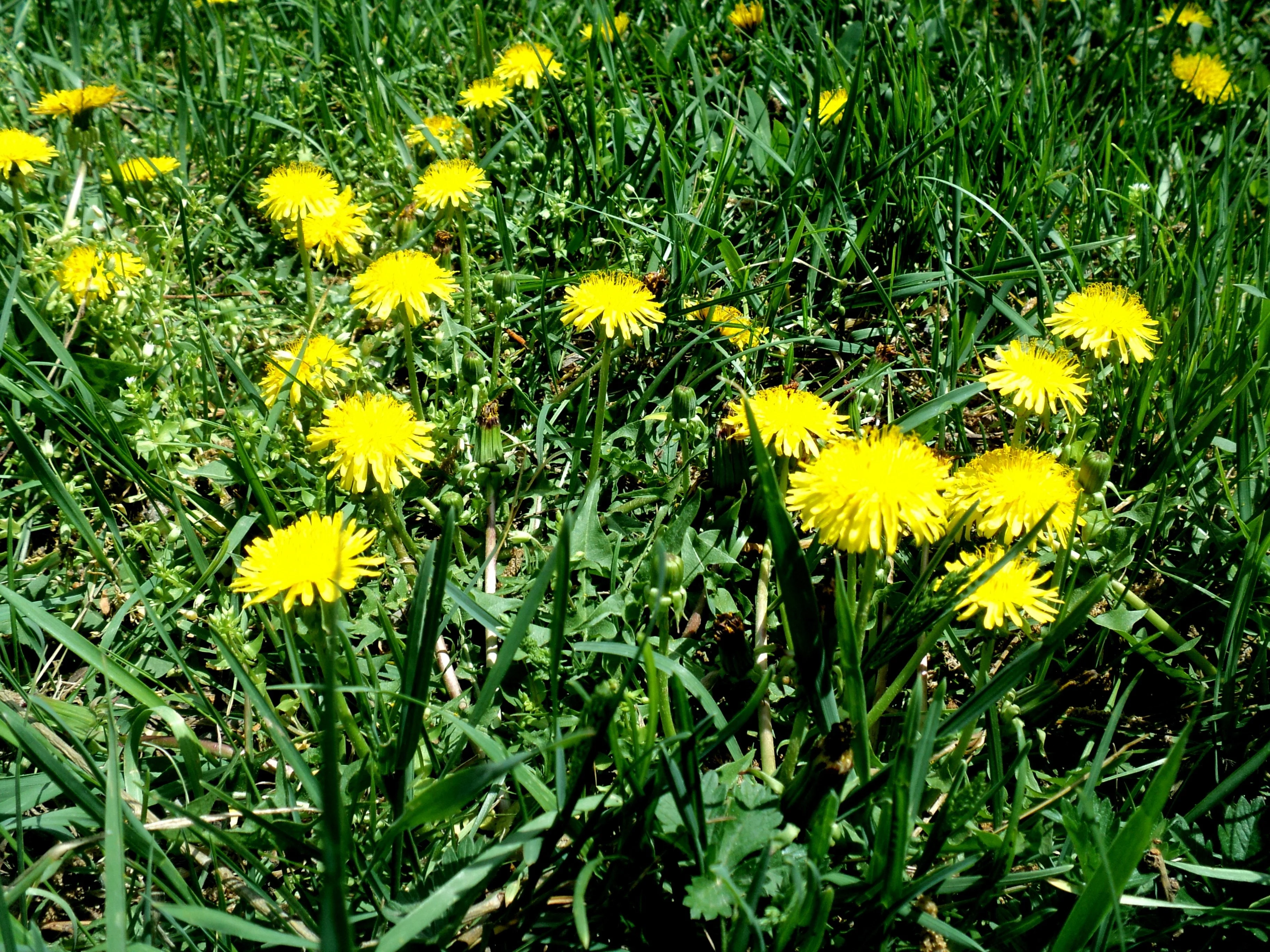
Dandelion seeds are carried by strong winds and can cause new growth many miles away from the parent plant. As a perennial, even if the dandelion dies above the surface, it can continue to come back. Dandelions are relatively easy to control if sprayed at the right time and with the right product. They require selective, liquid broadleaf weed control applied during times of active growth.
Bittercress
This annual spring weed of the mustard family is characterized by tiny white flowers that develop at the ends of its stems and turn into long seed pods (which spread its seeds). This weed grows in dense mats but has a shallow fibrous root system, making it easy to pull.
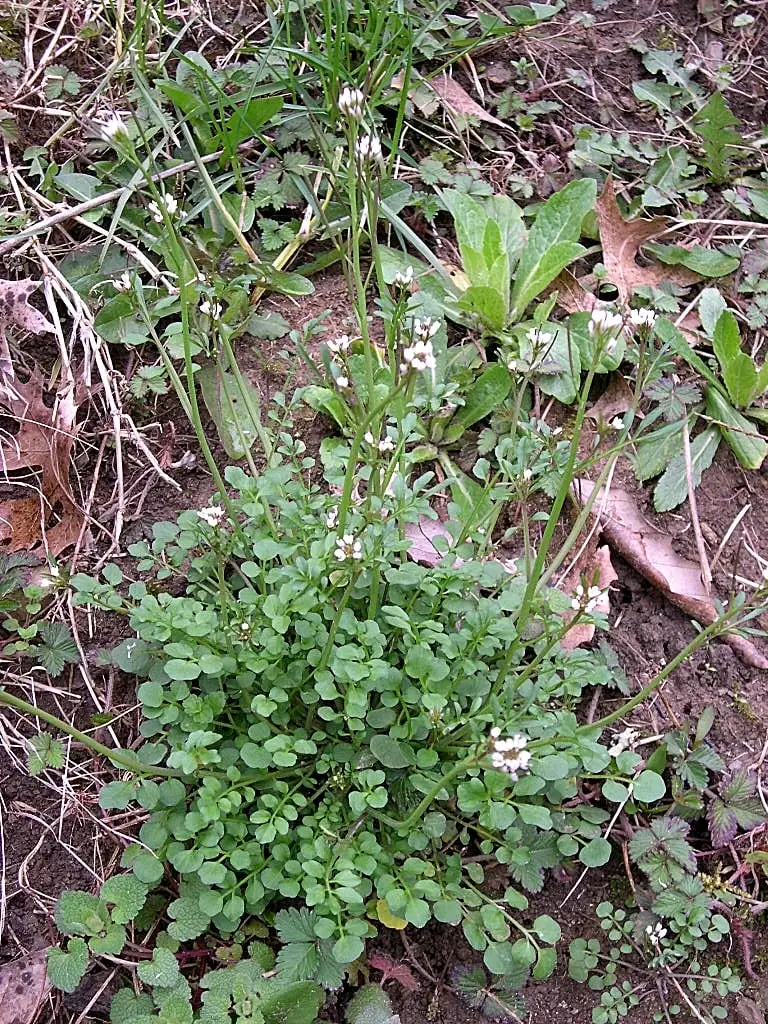
To control Bittercress, mow or hand-pull it in early spring before it has a chance to set seeds. Post-emergent weed control in early spring will also help prevent Bittercress from forming seed pods in the first place. Pre-emergent weed control can be applied in the fall before seeds germinate and will reduce its chances slightly as well.
Henbit
This hairy winter annual of the mint family has square stems and pink/purple flowers as well as egg-shaped leaves. Henbit first develops in the fall, sneaks in any growth it can muster during unusual warm periods over the winter and completes its growth in the spring.
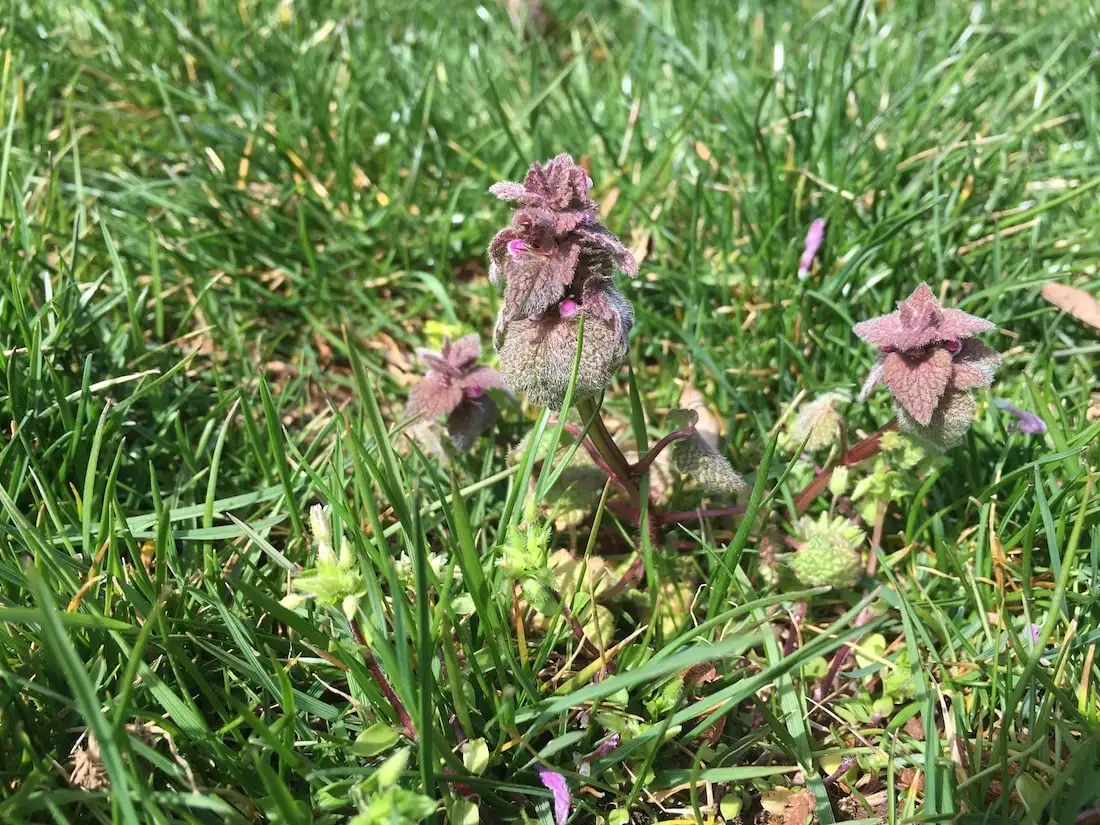
Henbit can quickly invade thinned out areas of your lawn where there is good soil moisture or even shade. However, it is relatively easy to control with selective, liquid broadleaf weed control.
Chickweed
One of the most common weeds in our region, chickweed is one of the first weeds to appear in early spring. This weed is characterized by small white flowers and fleshy leaves.
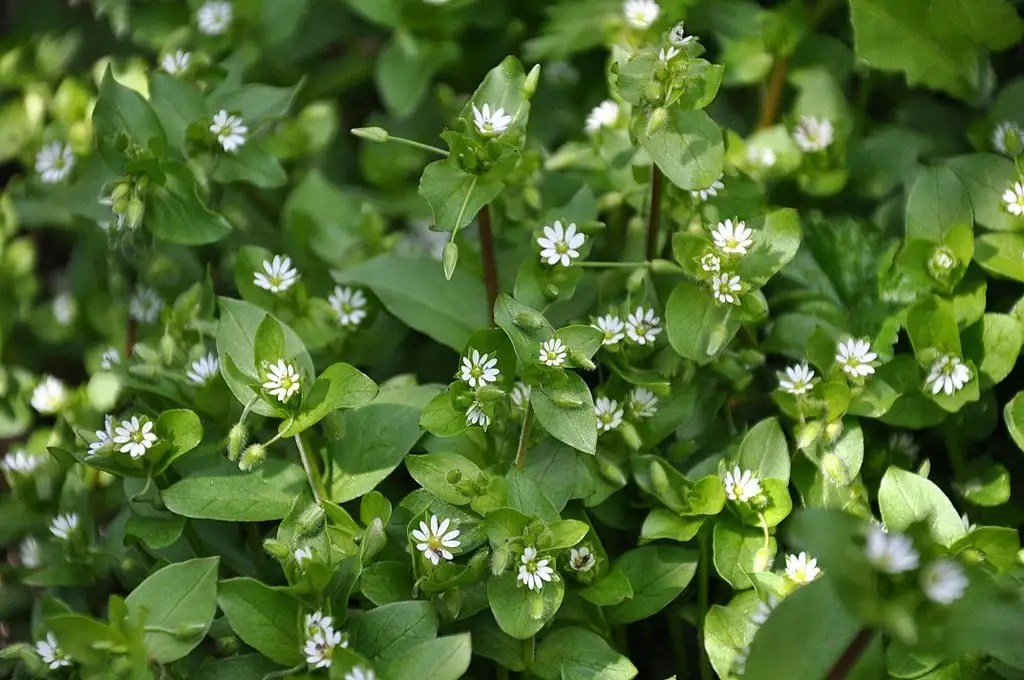
It thrives in thinner areas of the lawn, as well as shade, and typically grows in thick mats. As a winter annual weed, chickweed germinates in the winter and starts dropping seeds in the spring until rising temperatures cause it to die off. It is best treated early with selective, liquid broadleaf weed control before it has an opportunity to die.
Wild Onion & Garlic
These pesky winter annuals emerge from underground bulbs and are characterized by their tall, grassy appearance. The biggest difference between the two is the fact that wild garlic has round and hollow leaves while wild onion has flat and solid leaves. Control is the same for both.
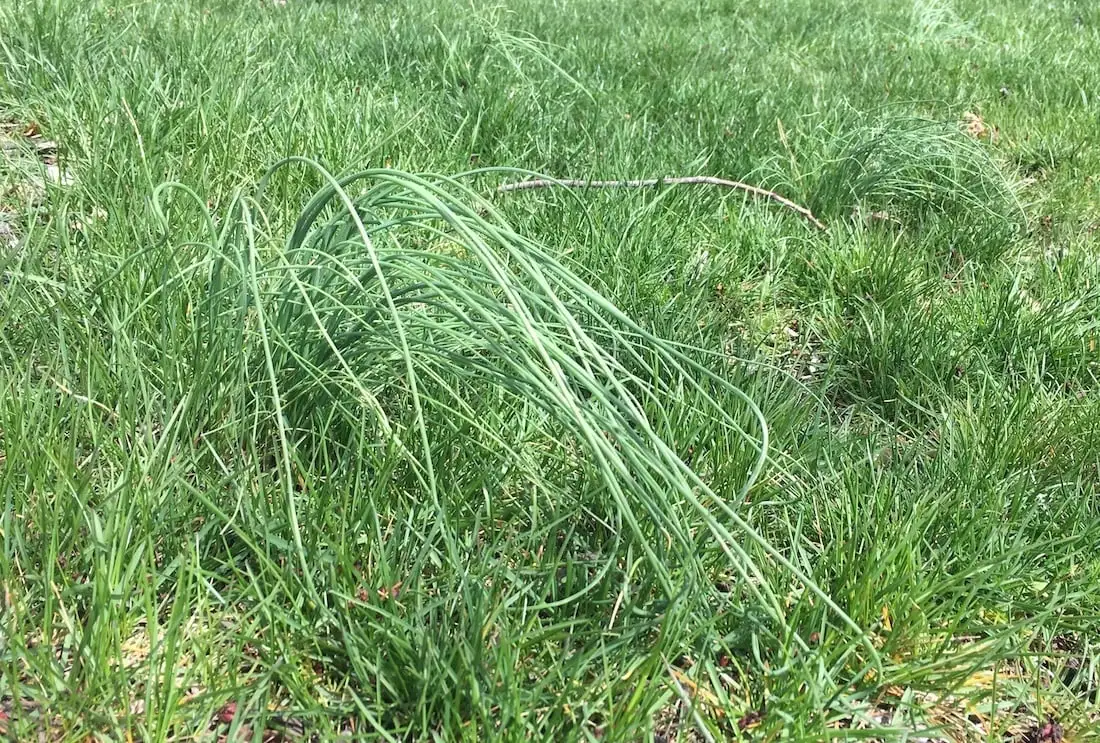
While wild onion and garlic will die off on their own in the summer, the underground bulb can continue to persist underground for years. They are best treated with selective, liquid weed control that will cause the foliage to wilt down and disappear. Both may require ongoing treatment.
Ground Ivy
This low-growing perennial weed is characterized by its scalloped leaves and purplish/blue flowers. It is an aggressive member of the mint family and grows by creeping along the soil surface.
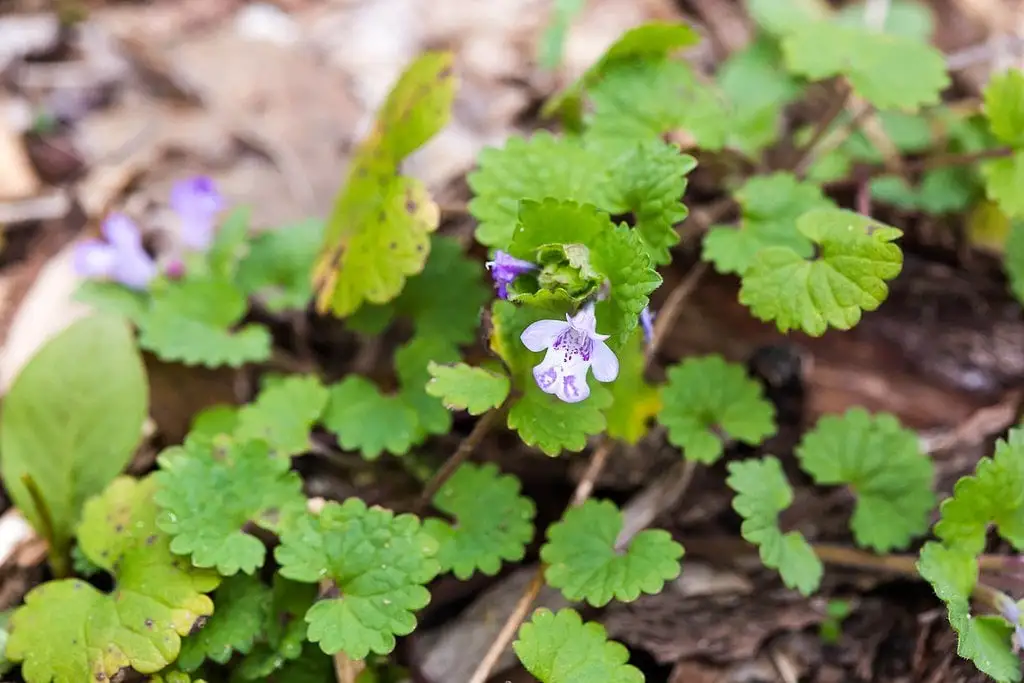
Ground Ivy requires a liquid, selective, post-emergent broadleaf weed control application during its period of active growth. Because this weed tends to grow on the edge of lawns and near trees and shrubs, it is essential that is controlled carefully and with the right product.
Spotted Spurge
True to its name, this spotted weed is characterized by the red and purplish spots that appear on its leaves. It germinates in mid-spring and thrives in the heat of summer with flowers emerging from June through September.
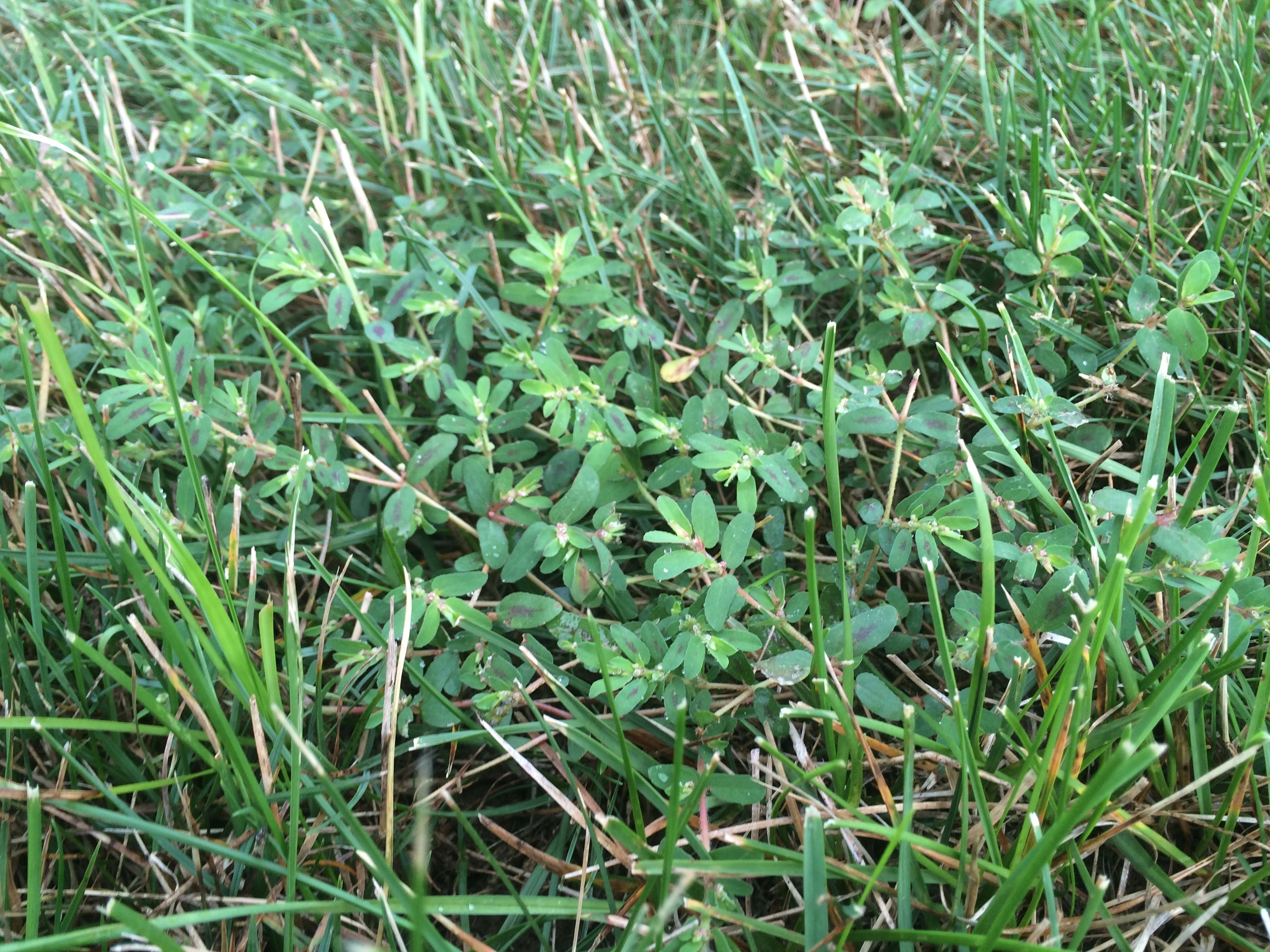
In thinned out areas of the lawn, Spotted Spurge can form thick mats as long as three-feet across. Because it can produce several thousand seeds per plant, this weed can spread quickly. Broadleaf weed control is most effective on Spotted Spurge when plants are young, making early detection important.
Plantain
This unsightly perennial lawn weed thrives in compacted soil. It has a fibrous root system and can be difficult to control if it’s given the chance to grow. Plantain is characterized by its waxy oval leaves and its stalk-like branches.
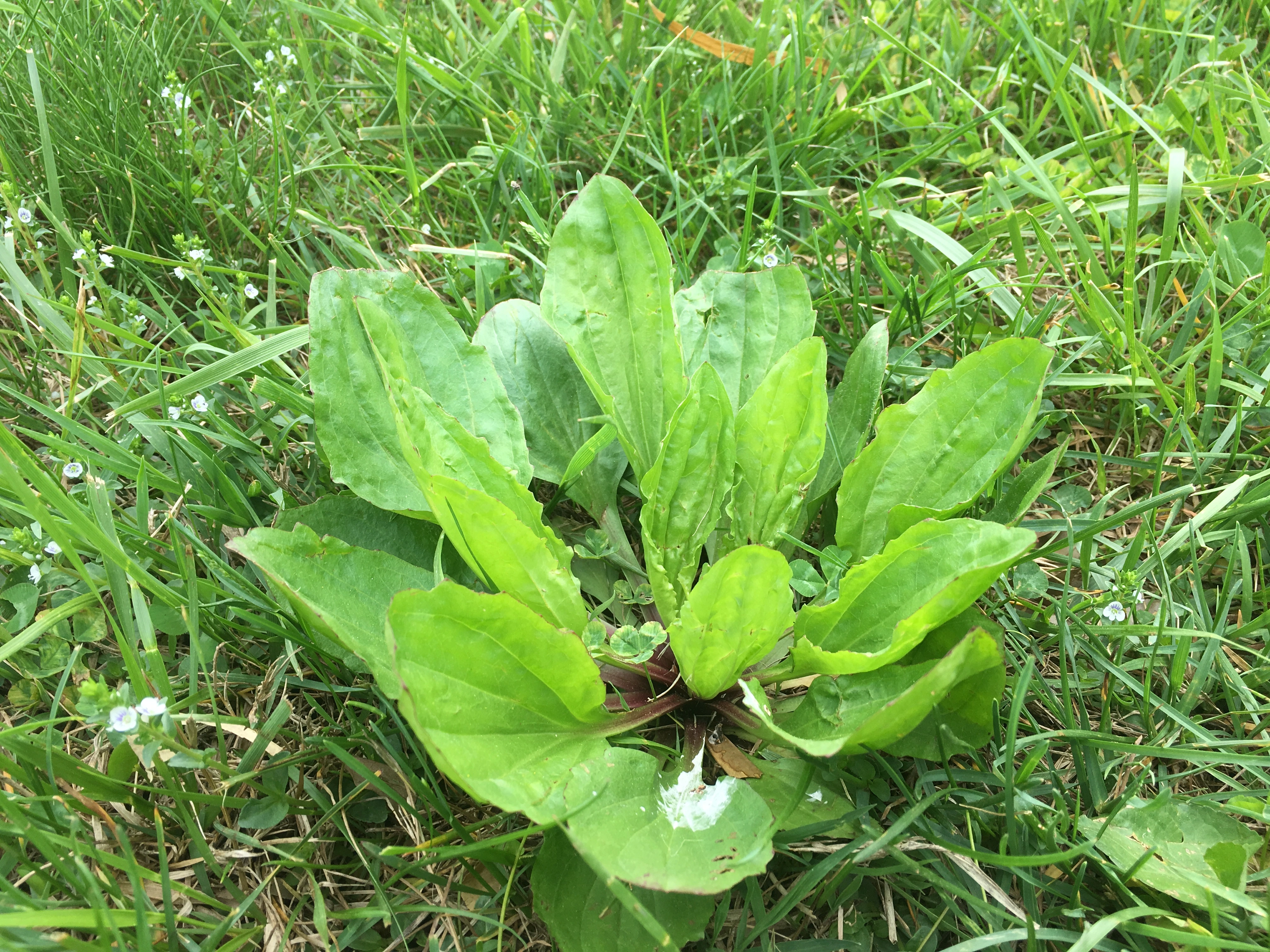
Post-emergent broadleaf weed control is most effective on Plantain in the fall but can also work in the spring.
Corn Speedwell
This winter annual is another early riser and one of the first weeds you’ll see during the spring season. It is low-growing and tends to thrive in thinned out areas of the grass.
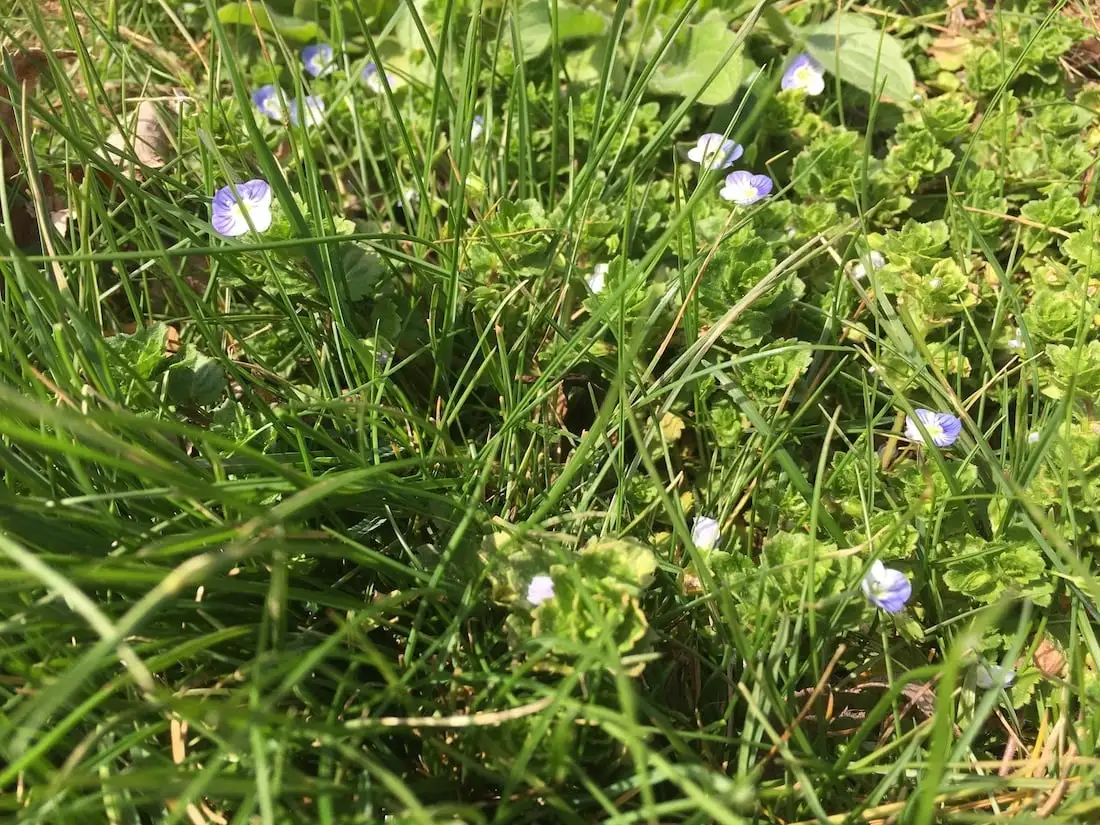
Corn Speedwell is incredibly hardy with a fibrous root system and can even adapt to compact soil. This weed is classified as difficult to control with weed control products and it is best to prevent its growth in the first place. Since Corn Speedwell is not found in thick thriving turf, the best defense is a healthy lawn.
Buttonweed
This troublesome broadleaf weed is a deep-rooted perennial that has spreading branches and thick leaves. It typically grows in moist to wet areas, beginning its growth in the spring and continuing throughout the summer.
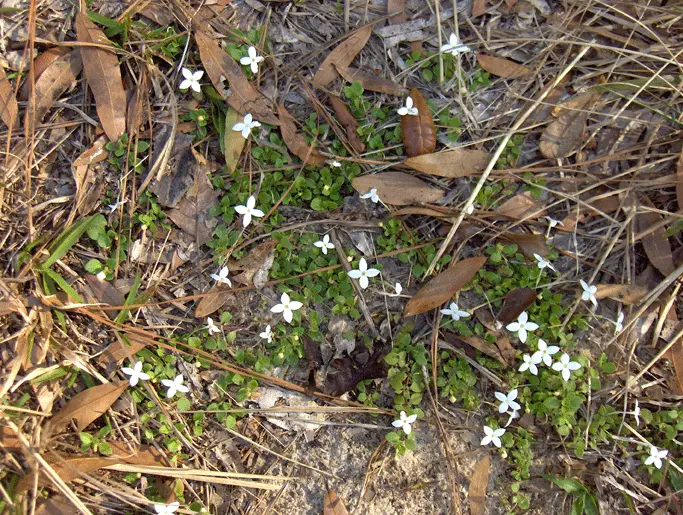
Buttonweed’s thick, matting growth habit can begin to crowd out healthy turf over time. This weed is classified as difficult to control and may require several rounds of post-emergent broadleaf weed control applications in order to get a bad case in check. Since it thrives in poor turf conditions, the best defense against Buttonweed is a thick healthy lawn.
White Clover
This pesky weed can spread incredibly fast, particularly if you have a lawn with thinned out areas in which it does not need to compete with healthy grass. In fact, white clover actually prefers a soil with a low pH, an environment not well-suited for grass to thrive.
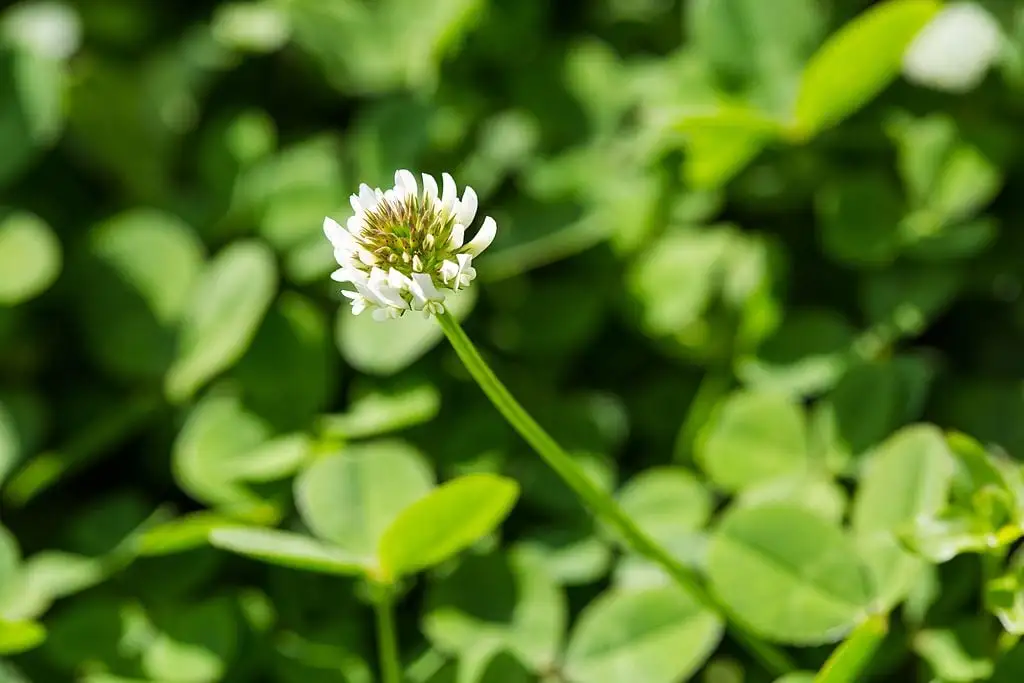
It is a low-growing weed that produces white flowers which attract bees and can make it risky to run through your yard barefoot in the summer. Despite its hardiness, it is relatively easy to control with selective, liquid broadleaf weed control.
Crabgrass
This annual grassy weed can be difficult to get rid of, due to the fact that it spreads rapidly. Just one crabgrass plant can produce up to 75,000 seeds in a single growing season! Crabgrass grows in thick, unattractive clumps and tends to thrive in thinned out areas of your lawn where it may have been mowed too short or scalped along the edge of a walkway or driveway.
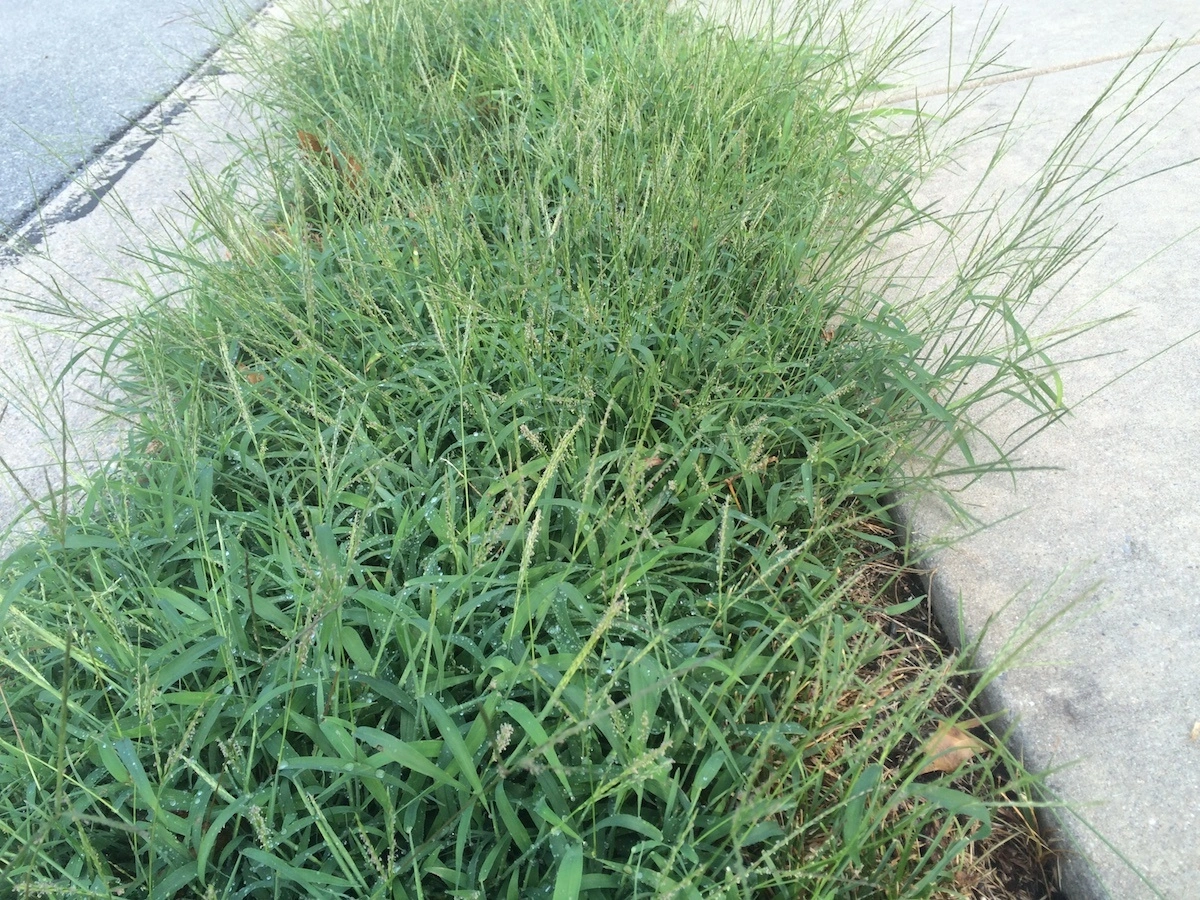
Crabgrass is opportunistic and would prefer not to compete with healthy turf for sunlight, therefore a thick and thriving turf can choke it out naturally. Crabgrass can also be controlled with pre-emergent applications to prevent crabgrass from germinating as well as post-emergent control for any breakthrough.
Using Lawn Weed Control Services to Get Rid of Weeds
Now that you have a stronger sense of some of the common weeds in our region, as well as how to deal with them, chances are you are thinking of seeking out professional lawn care in Aldie, Ashburn, or Leesburg, VA. There’s just too much involved to do it all yourself and you’d rather leave it in the hands of an expert.
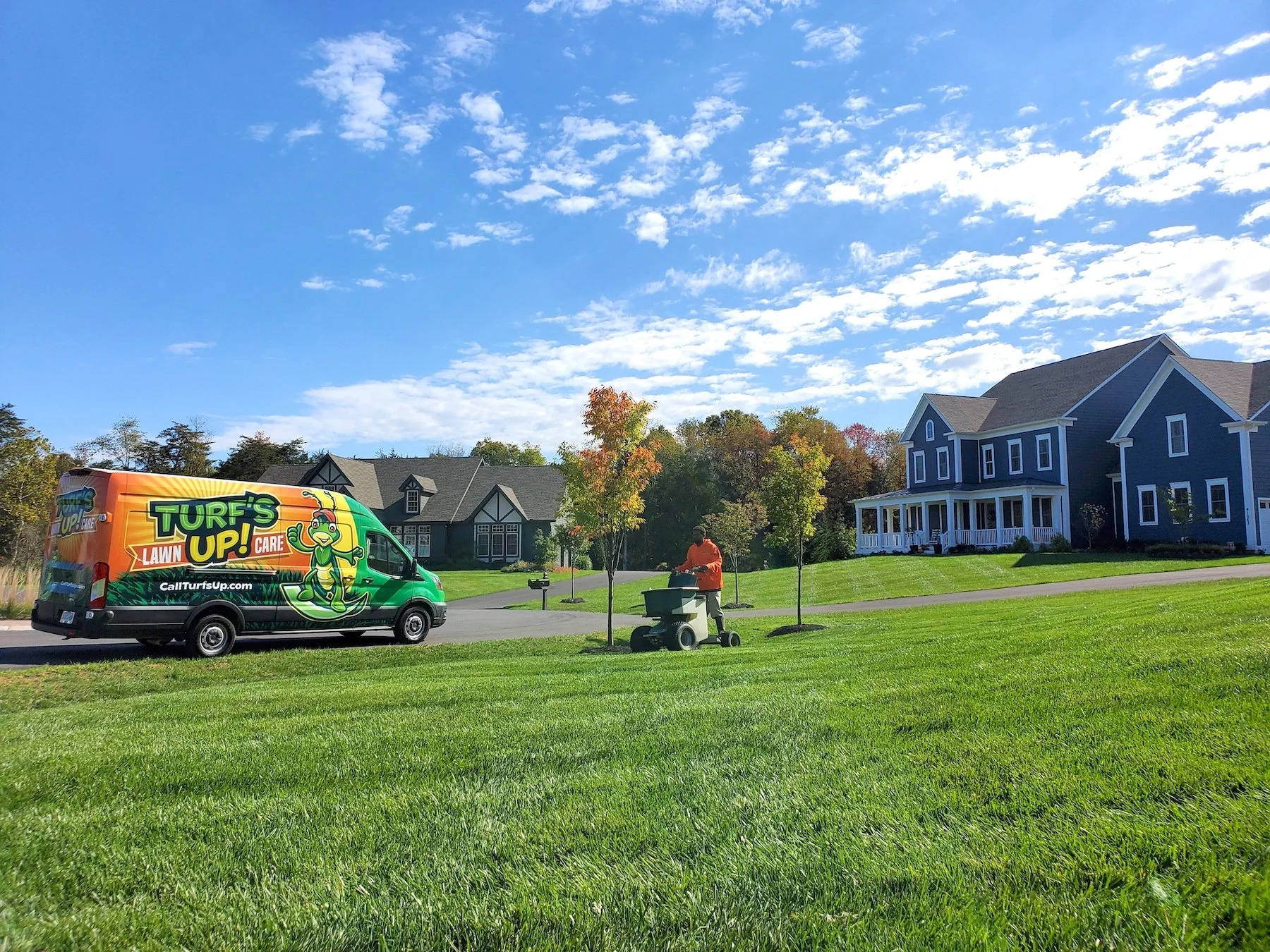
The key is to find a company that will take a comprehensive approach to your lawn care. For each of the weeds that were mentioned in our lawn weed identification guide above, an effective prevention tactic is a healthy and thick lawn that will choke out weed growth. Since weeds tend to thrive in lawns that are thin or bare or lawns that have soil trouble, you can prevent their growth in the first place with a healthy lawn.
While a lot of weed control companies in Aldie, Ashburn, and Leesburg, VA are focused on weed control alone, it would be beneficial to find a company that offers a comprehensive list of services including topdressing, fertilization, aeration, and overseeding. It is these services that will promote excellent soil health and in turn, help your lawn to grow thick, naturally defending itself against weeds.
Put Weeds Out of your Mind
There’s no question that weeds can be a major source of frustration. But they don’t have to be. By handing your lawn care needs over to a professional who will not only handle weed control but will ensure that your lawn is in the best possible shape with other necessary services, you won’t need to spend any more time fretting over the weeds in your lawn. After all, you shouldn’t have to be a lawn care expert in order to have a nice lawn. You can leave it all in the hands of a pro and put weeds out of your mind for good.
If you’re ready to hand over your weed worries and have a healthy lawn at your Ashburn, Aldie, or Leesburg, VA home, then get a quote from Turf's Up and let us take care of the rest.
Image Sources: dandelions, hairy bittercress, chickweed, ground ivy, buttonweed, white clover
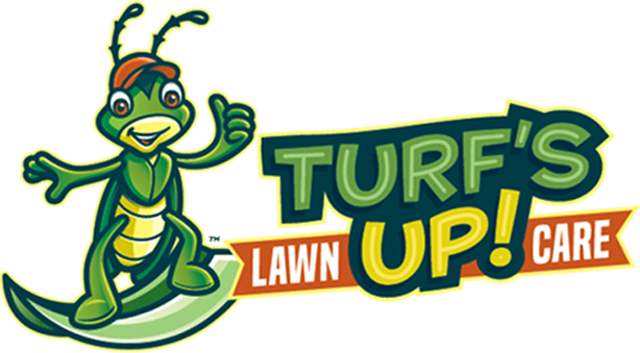




Comments (0)
Thanks for your comment!
Thanks for your feedback! Your comments have been successfully submitted! Please note, all comments require admin approval prior to display.
Error submitting comment!
There is a problem with your comment, please see below and try again.